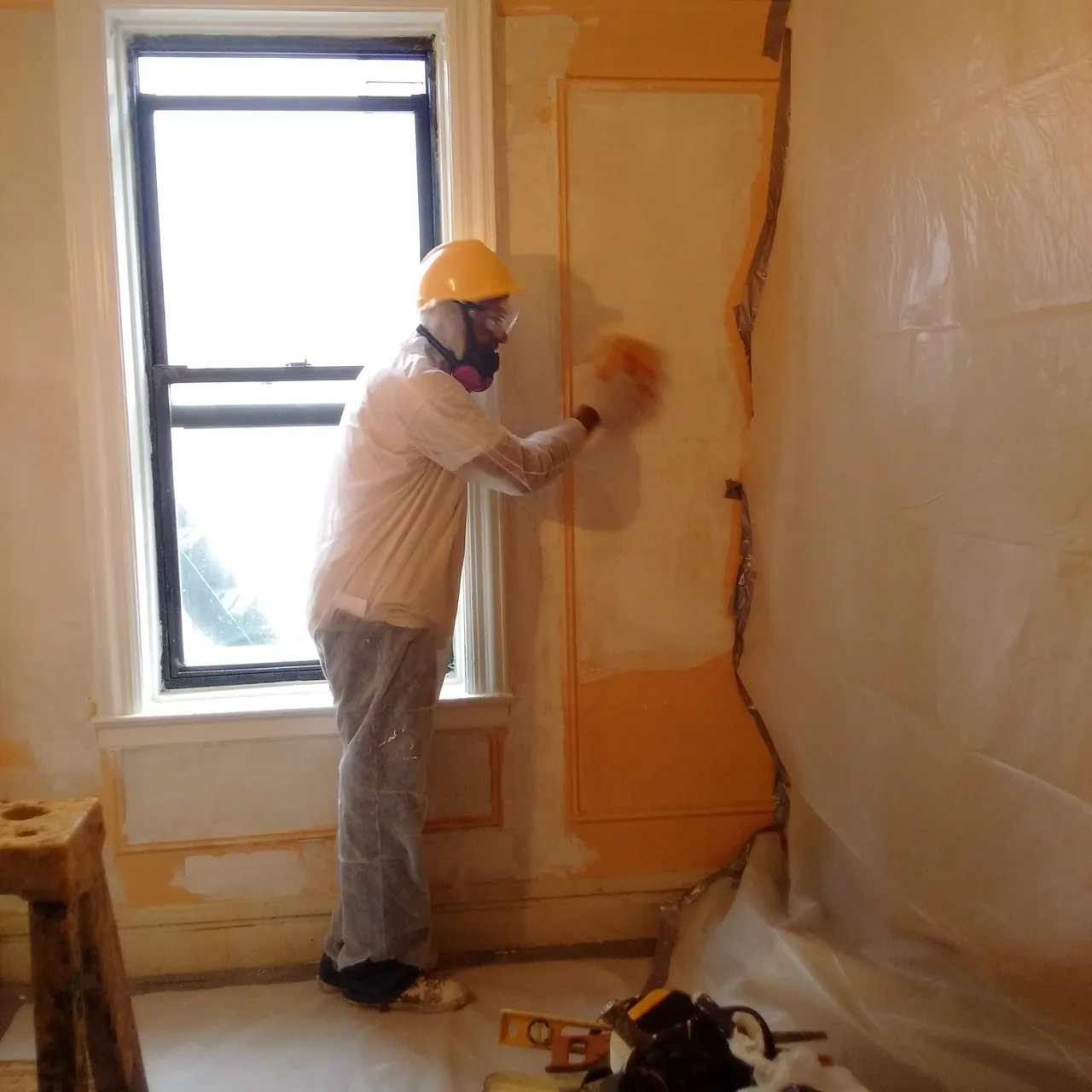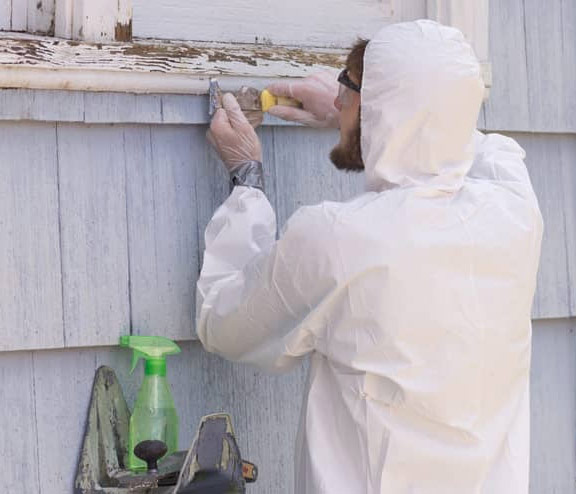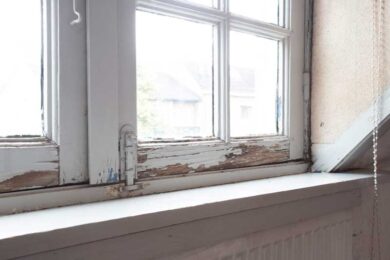Comprehensive Overview on Effective Lead Offense Removal Strategies
In the world of environmental security, addressing lead infractions requires a meticulous and organized approach. This detailed overview starts by highlighting the critical initial steps of recognizing lead hazards through advanced analysis and screening methods. Strategies such as XRF evaluation and dirt wipe sampling are indispensable in identifying contamination resources. Furthermore, the guide specifies on the relevance of adhering to rigorous safety and security procedures during the elimination process, including making use of proper PPE and separating influenced areas (Lead Paint Removal Company). The succeeding areas promise to go over post-removal confirmation and preventative strategies, guaranteeing long-lasting safety and security and compliance. Discover the intricate information that make these methods not just reliable but necessary.
Identifying Lead Dangers
Identifying lead threats is an essential initial step in alleviating the dangers related to lead exposure. Lead, a poisonous metal, can be present in numerous environmental tools, including paint, dirt, water, and dirt. It postures extreme wellness risks, especially to kids and expectant females, causing neurological damages and developmental hold-ups. Therefore, precise identification of possible lead sources is crucial for effective removal.
The initial phase in identifying lead hazards entails understanding common lead sources within the built environment. Structures constructed before 1978 are specifically susceptible because of the widespread use of lead-based paint during that duration. Additionally, soil contamination can occur from wearing away exterior paint, commercial discharges, or historic usage of leaded fuel.
One more significant resource is lead piping and pipes fixtures, which can leach introduce drinking water. Durable goods such as playthings, ceramics, and imported products might additionally consist of damaging lead levels. Notably, occupational atmospheres and pastimes including lead can track contaminants right into homes.
Assessment and Screening
When dealing with lead hazards, effective assessment and testing are paramount. First assessment generally entails an aesthetic assessment to recognize prospective lead sources, such as deteriorating paint or polluted dust.

Dirt clean sampling is one more important method, especially in domestic setups. By gathering examples from floorings, windowsills, and various other surface areas, this technique supplies understandings right into potential direct exposure threats. In addition, soil testing around building boundaries is crucial to detect lead contamination that could pose hazards, particularly to children.
Safe Removal Procedures
Upon finishing extensive evaluation and testing, executing risk-free removal procedures is the following essential phase in addressing lead hazards. This process makes certain that lead-contaminated materials are efficiently and safely removed, reducing danger to both employees and residents. The first step includes isolating the damaged area making use of plastic sheet and correct sealing methods to stop the spread of lead dirt.
Employees Lead Removal Contractors must don appropriate personal protective equipment (PPE), including respirators, gloves, and non reusable coveralls, to mitigate exposure. Employing specialized tools and damp methods, such as damp fining sand or making use of HEPA-filtered vacuum cleaners, minimizes the Read Full Report diffusion of lead bits. It is essential to avoid dry sanding or rough blowing up, as these methods can generate dangerous lead dust.
Waste disposal is one more crucial element; all contaminated materials must be safely landed and labeled according to EPA and local guidelines. In addition, complete cleaning of the job location with HEPA vacuums and damp cleaning ensures the elimination of recurring lead bits.
Post-Removal Confirmation

Verification of effective lead elimination, understood as post-removal verification, is important to ensure the safety and security and habitability of the remediated location. This evaluation makes sure that all known sources of lead have actually been addressed and that no noticeable indications of contamination continue to be.
Complying with the visual examination, environmental tasting is performed. This includes accumulating dust, soil, and occasionally water samples from the remediated area. Recognized laboratories examine these samples to determine lead degrees, ensuring they fall below the security thresholds established by regulatory bodies such as the Environmental Protection Firm (EPA)
Additionally, air quality testing might be performed to identify air-borne lead fragments, especially in situations where considerable lead-based paint removal or remodelling has actually occurred. The results of these tests supply measurable data validating that the lead levels are within permissible limitations.
Eventually, post-removal confirmation serves as a vital checkpoint, confirming the effectiveness of the lead reduction initiatives and guarding the health of owners and site visitors.
Safety Nets and Maintenance

An essential preventive step includes making use of lead-safe certified professionals for any type of improvement, repair work, or painting activities. These specialists are educated in practices that reduce lead dust and debris. Furthermore, keeping painted surfaces to avoid cracking or peeling is essential, as deteriorating paint can release lead particles into the atmosphere.
Educational initiatives targeting homeowner and tenants relating to the risks of lead and the value of reporting any possible dangers can even more improve preventative initiatives. Regular cleaning making use of HEPA vacuum cleaners and wet wiping techniques can substantially reduce lead dust buildup.
Final Thought
In recap, effective lead useful source infraction removal necessitates a thorough method incorporating complete assessment, precise screening, and rigid removal procedures. Recurring inspections and upkeep are crucial to mitigate future lead risks, thus securing public health and wellness and guaranteeing continual compliance with regulatory needs.